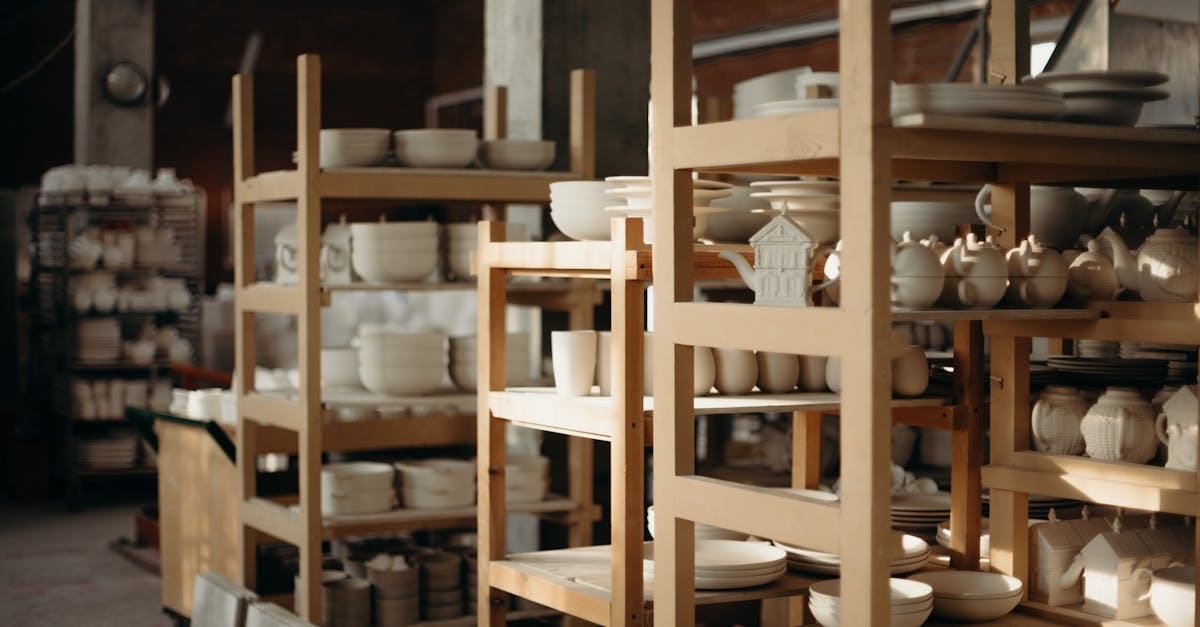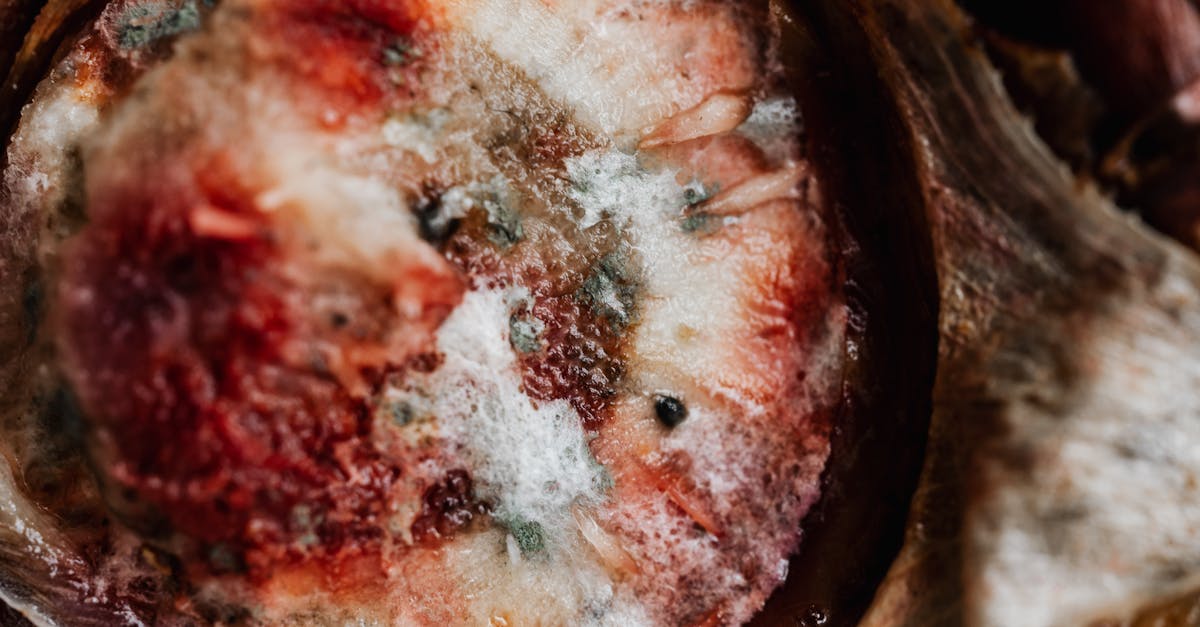This article explores the issue of whether it’s possible to cover mold with paint. It emphasizes that simply painting over mold doesn’t solve the underlying problem, as mold can continue to grow beneath the paint, leading to issues such as peeling and discoloration. Proper mold removal and addressing moisture sources are crucial before applying any paint. The article also highlights the potential health risks associated with mold exposure and provides steps for correctly treating and repainting moldy surfaces. Readers will gain practical insights on how to ensure a long-lasting, safe, and beautiful finish.
Transforming Spaces: The Latest Trends in Painting and Renovation
Are you ready to breathe new life into your home or business? As the seasons change and interior aesthetics evolve, so do the trends in painting and renovation. Today’s homeowners and business owners are discovering that a simple coat of paint can do more than just brighten up a room—it can completely transform the perception and functionality of a space.
From embracing bold colors that evoke emotion to using innovative materials that speak to sustainability, the world of painting and renovation is brimming with exciting possibilities. Homeowners are more inclined than ever to reflect their personality through their living spaces, while businesses are focusing on creating inviting environments that boost customer satisfaction. This article will explore the most popular color palettes, effective painting techniques, and the latest styles that not only enhance aesthetics but also create healthier living and working conditions. Whether you’re looking to revitalize your home or revamp your commercial space, understanding these trends will empower you to make informed decisions that breathe new life into your surroundings.

Can Mold Be Covered with Paint?
| Aspect | Details |
|---|---|
| Covering Up | Simply painting over mold does not eradicate it. |
| Health Risks | Mold can pose health risks if not properly treated. |
| Long-term Issues | Hidden mold can lead to peeling, bubbling, and discoloration. |
| Proper Treatment | It’s essential to clean and remove mold before painting. |
| Paint Type | Use mold-resistant paint after proper mold remediation. |
| Cost Implications | Covering mold may save money short-term but lead to expensive repairs. |
| DIY vs Professional | Professional help is recommended for significant infestations. |
The Latest Trends in Painting and Renovation for Residential and Commercial Spaces
Revitalizing your home or business doesn’t just enhance its aesthetic appeal; it can significantly improve your mood and productivity. As the world evolves, so do the trends in painting and renovation. From choosing the right colors to utilizing innovative techniques, understanding the latest enhancements can make your project successful. Let’s delve deep into the transformative journey of painting and renovation.
Trending Colors for 2023
Selecting the right color is pivotal in setting the tone of a space. The current trends emphasize both bold and calming hues that evoke feelings of comfort and creativity.
- Earthy Tones: These colors reflect a growing desire to connect with nature. Shades like terracotta, olive green, and sandy beige create warm and inviting atmospheres. For instance, using earthy tones in a commercial space can foster a sense of calm, making it conducive for client interactions.
- Deep Jewel Tones: Rich colors such as sapphire blue, emerald green, and amethyst purple bring a luxurious feel to any space. These colors are particularly popular in residential projects, where creating an upscale environment is desired.
- Soft Pastels: Light pinks, mint greens, and baby blues are trending in both homes and cafes. These shades can rejuvenate a space, making them ideal for children’s rooms or chic eateries. An example is a pastel-color scheme in a trendy café, which can evoke relaxation and a welcoming ambiance.
Creative Painting Techniques
While selecting a color is crucial, the application technique can elevate the overall effect. Here are some innovative painting techniques that are gaining popularity:
- Ombré Effects: This gradient scheme can seamlessly transition between two or more colors. It’s great for nurseries or creative spaces where a whimsical or dynamic touch is desired.
- Sponge Painting: This technique introduces texture to the surface, making it particularly useful for accent walls in living rooms or dining areas, offering a unique character to otherwise plain walls.
- Geometric Patterns: Using painter’s tape to create shapes and lines adds visual interest. This trend is prominent in commercial spaces, especially in offices, where inspiring creativity and collaboration is key.
Innovative Materials in the Market
Choosing the right materials for your renovation project is paramount to ensuring longevity and effectiveness. New breakthroughs in material technology offer homeowners and business owners more options than ever.
- Low-VOC Paints: Eco-friendliness is a significant concern. Opting for low-VOC (Volatile Organic Compounds) paints can reduce indoor air pollution and contribute to a healthier environment.
- Mold-Resistant Paints: Ideal for areas prone to moisture, these paints prevent mold from thriving on walls, ensuring both beauty and safety. Using this in bathrooms or kitchens reduces the need for extensive upkeep.
- Smart Paints: Emerging technology in paint is paving the way for smart walls that can react to environmental changes, like light and temperature, providing a unique and modern finish.
Dealing with Common Renovation Challenges
Every renovation project comes with its own set of challenges. Understanding them can help you navigate through and achieve your desired results with less hassle.
- Color Discrepancies: Sometimes, the color applied may not match what was envisioned. To mitigate this, always test paint samples on your walls and observe how they look under different lighting conditions before making a final choice.
- Surface Preparation: Properly preparing surfaces ensures paint adheres correctly. This involves cleaning, sanding, and even priming where necessary. Ignoring this step can lead to peeling and flaking paint.
- Budget Constraints: It’s easy to overspend when caught up in choosing materials and design elements. Creating a detailed budget beforehand and sticking to it helps maintain financial control. Consider prioritizing essential renovations and saving for more expensive upgrades.
Personal Project Insights
Recent projects highlight the ability to transform spaces profoundly. For instance, a local coffee shop faced challenges with the overwhelming dullness of its interior. By opting for a rich, jewel-toned blue as the dominant color and employing geometric patterns on the accent walls, the café became an attractive centerpiece that drew in more customers and boosted morale among staff.
Additionally, a residential case involved a family home that struggled with dampness and mold issues in the basement. By implementing mold-resistant paints and addressing moisture sources such as improving ventilation, the formerly neglected space was transformed into a charming playroom, promoting both fun and safety for children.
Call to Action
Are you ready to embark on your painting and renovation journey? Whether it’s residential or commercial, reaching out for personalized consultations can illuminate the best path forward. Consider assessing your space’s needs, determining your design style, and reflecting on how the right colors can transform it. Connect today for tailored solutions that will breathe new life into your spaces!
For more information on various topics related to renovations, check out our guides on tile floor painting warnings or our list of top white paints for walls.

Transform Your Space Today!
Ready to revitalize your home or business with a stunning new paint job? Our expert team at TS Painting & Restoration is dedicated to bringing your vision to life with premium materials and innovative techniques. Contact us to discover how our personalized services can enhance your space and create a vibrant atmosphere for you and your guests.
Latest Trends and Tips in Painting and Renovation
Trendy Colors
- Earthy Tones: Warm, natural colors like terracotta and olive green are taking center stage, adding a cozy feel to both residential and commercial spaces.
- Bold Accents: Consider using vibrant colors to create an accent wall, which can effectively rejuvenate a room without overwhelming it.
- Pantone’s Color of the Year: Keeping up with the Pantone Color of the Year can guide your choices for painting and decor, making your space feel contemporary.
Innovative Painting Techniques
- Sponge Painting: This technique adds texture and depth to walls by using a sponge to apply paint, creating a unique aesthetic.
- Striped Accents: Horizontal or vertical stripes can enhance the perception of space in a room, making it look larger or more dynamic.
- Ombre Effects: Gradations of color from light to dark can create a visually appealing focal point in any room, bringing life and energy.
Practical Tips for Homeowners
- Test Colors: Always test paint colors in small patches on your walls before committing to a full coat to see how they look in different lighting.
- Use Quality Materials: Invest in high-quality paints and primers, especially for areas prone to humidity, to ensure long-lasting results.
- Plan for Moisture Control: Identifying sources of moisture and fixing them prior to painting can save homeowners from future mold issues.
- Hire Professionals: When in doubt, especially for extensive renovations, seeking professional help ensures the job is done safely and effectively.
Emerging Materials
- Eco-Friendly Paints: Look for paints that are free from harmful chemicals and VOCs, contributing to a healthier indoor environment.
- Textured Finishes: New materials offer various textured finishes that can elevate traditional walls and add character.
- Mold-Resistant Formulas: Utilizing paints and primers with mold-resistant properties can be particularly beneficial for humid or damp areas.
Frequently asked questions
Glossary of Key Terms
- Color Theory
- A framework that explains how colors interact, their emotional effects, and their relationships with each other in design.
- Mold-Resistant Paint
- A type of paint designed specifically to inhibit mold growth, suitable for high-humidity areas like bathrooms and kitchens.
- Moisture Control
- The practice of managing humidity and water exposure in a space to prevent mold growth and maintain a healthy environment.
- Surface Preparation
- The process of cleaning and priming a surface before painting to ensure proper adhesion and a smooth finish.
- Humidity Levels
- The amount of moisture present in the air, which can impact paint performance and the likelihood of mold growth.
- Fungicide
- A chemical agent used to kill mold and fungi on surfaces, often applied during the cleaning process before painting.
- Airflow Management
- The strategic circulation of air within a space to reduce moisture levels and promote a healthy living or working environment.
- Interior Latex Paint
- A water-based paint that is easy to clean and dries quickly, commonly used for interior walls and ceilings.
- Acidic Primer
- A type of primer that helps seal surfaces and prevents moisture from penetrating, enhancing adhesion for top coats.
- Eco-friendly Paints
- Paints formulated with non-toxic ingredients, reducing pollutants and harmful emissions for a greener living environment.
Conclusion
Understanding whether it is possible to cover mold with paint is crucial for maintaining a healthy living environment. Simply painting over mold does not eliminate it and can lead to serious health risks as well as further damage to your property. By addressing the root cause of mold growth and following the proper steps for removal and repainting, homeowners can ensure lasting results. Don’t compromise on the safety and aesthetic of your space—apply the knowledge gained in this article to effectively tackle mold issues and enhance your home.
Recommendations on Covering Mold with Paint
Understand the Risks
While it may seem tempting to simply paint over mold, know that this can lead to further complications. The underlying mold continues to grow, potentially causing significant damage to your walls and health risks. Always address mold issues before considering painting.
Identify the Source
Before tackling mold, it’s crucial to determine the cause of moisture. Take the time to identify issues such as leaks, poor ventilation, or high humidity. Fix these problems to prevent mold from returning after painting.
Proper Mold Removal
Ensure thorough mold removal before any paint is applied. Here are some actionable steps:
- Wear Protective Gear: Use gloves, goggles, and a proper respirator mask when dealing with mold.
- Choose Effective Treatments: Utilize vinegar or a dedicated fungicide to eliminate existing mold.
- Scrub the Affected Areas: Apply the solution, let it sit, and scrub the area to remove any remaining spores.
Surface Preparation
Once mold is treated, ensure that the surface is clean and dry. This is vital for a perfect paint job. Follow these steps:
- Remove Residue: Wash the surface with soap and water to eliminate any stains.
- Dry Completely: Ensure the area is thoroughly dried before proceeding with painting to avoid trapping moisture.
Select the Right Products
After preparing the surface, opt for a mold-resistant primer and paint:
- Mold-Inhibiting Primer: Look for one specifically designed for moist environments.
- Mold-Resistant Paint: Choose paints with additives that resist mold growth.
Maintain a Clean Environment
To foster a long-lasting solution, practice regular maintenance:
- Control Humidity: Use dehumidifiers where needed.
- Improve Ventilation: Install exhaust fans in bathrooms and kitchens.
- Promptly Repair Leaks: Keep an eye for leaks and fix any issues quickly.
Transform Your Space Today!
Elevate the look of your home or business with our expert painting and remodeling services. Experience the joy of a refreshed environment that not only enhances aesthetics but also promotes well-being. Let us help you make your vision a reality!
Mariana Pons is the visionary behind some of the most stunning transformations at TS Painting & Restoration. With a strong background in design and renovation, she has empowered countless clients in Florida to revitalize their homes and businesses with her expert painting solutions. Born in the Dominican Republic and raised in New York, Mariana seamlessly blends urban sophistication with tropical charm in her approach.
Her philosophy revolves around transformative energy. Mariana thrives on taking outdated or neglected spaces and turning them into vibrant, inviting environments. Her project portfolio is filled with compelling before-and-after stories that highlight her skill in overcoming challenges and delivering exceptional results, making her a trusted partner for clients seeking to enhance their spaces.
Outside of work, Mariana enjoys exploring new cultures through travel, indulging in culinary experiences, and staying ahead of the latest interior design trends. She believes that every project is not just a task, but an opportunity to create something extraordinary that reflects the personality and desires of her clients.
At TS Painting & Restoration, Mariana is committed to using high-quality materials and innovative techniques to ensure each painting project exceeds expectations. Her passion for color and design enables her to guide clients in selecting the perfect palettes that breathe life into their spaces, making every home and business a true reflection of individuality.


